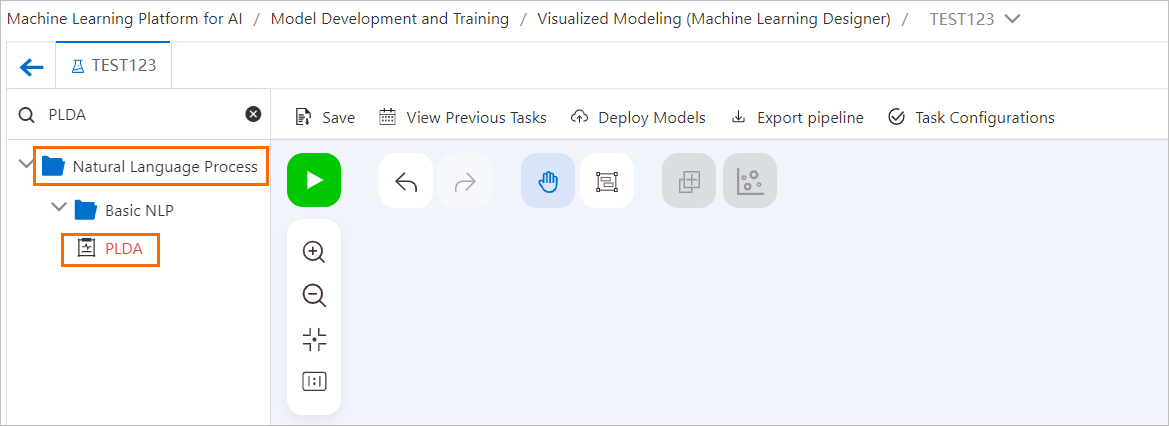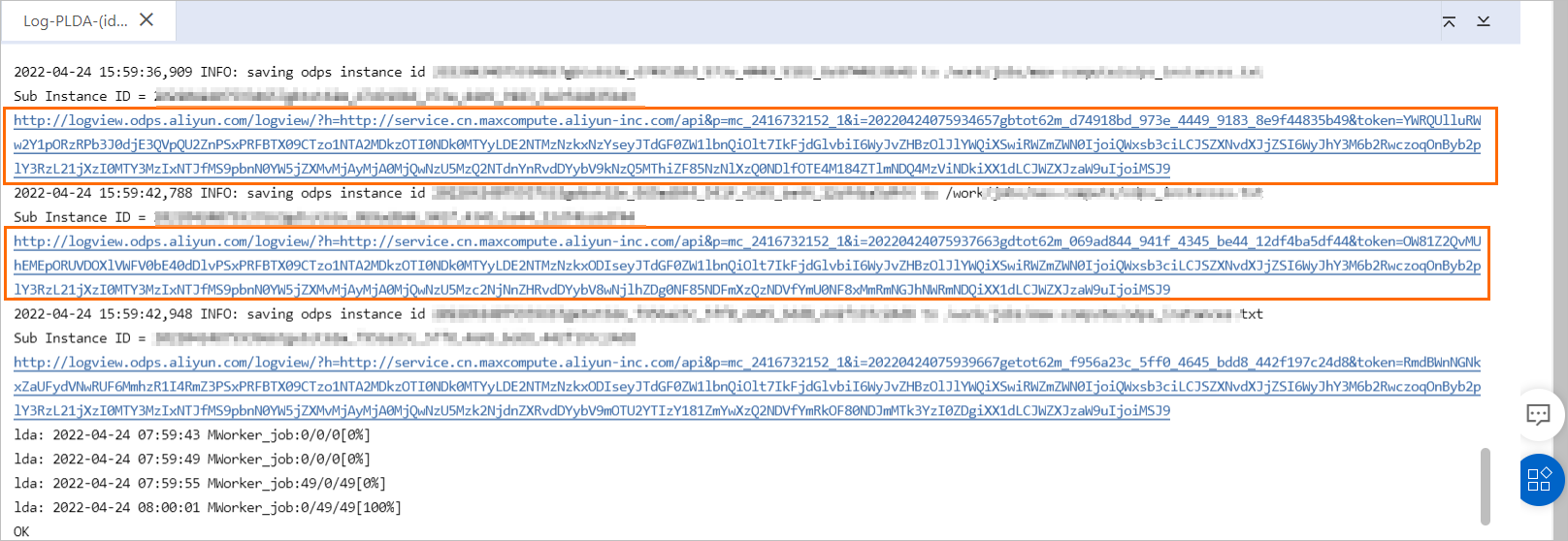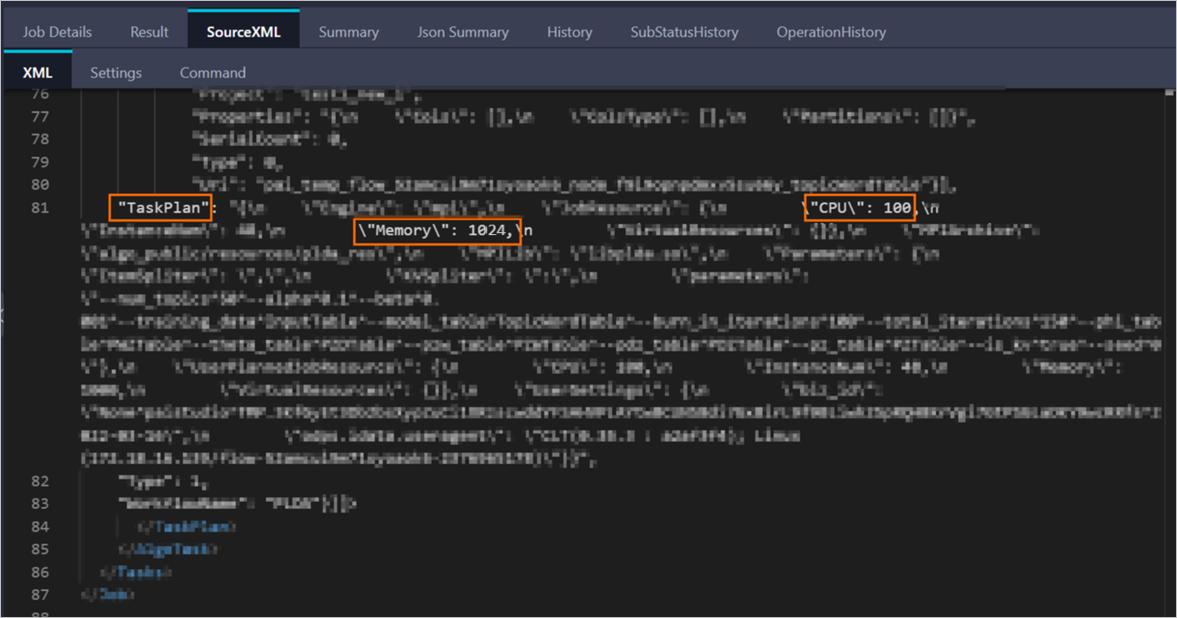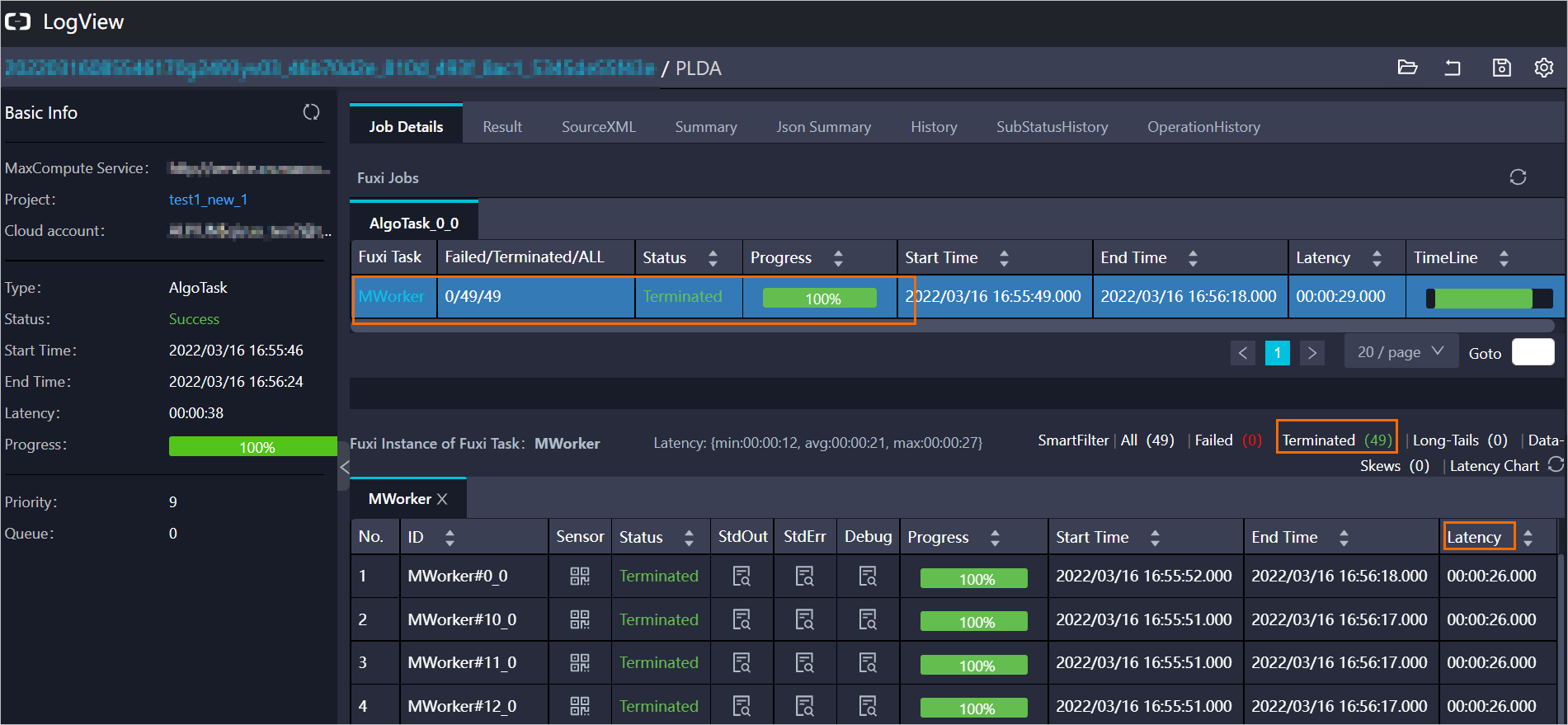This topic describes the billing rules of Machine Learning Designer of Platform for AI (PAI).
Usage notes
The pricing information in this topic is only for reference. The actual prices in the billing statement shall prevail.
Billable resources

Billable resource | Billable item | Billing method | Stop billing | Billing rule |
General algorithm components | Runtime of the component | Pay-as-you-go | Stop the component. | The resources consumption of the components is calculated based on billable hours on a pay-as-you-go basis. |
Billing methods
General algorithm components
When you use the algorithm components in Machine Learning Designer, the unit price of the component varies based on the type of the algorithm. The following section describes the billing method.
Billing formula: Bill amount = Number of billable hours × Unit price
Number of billable hours = Max (Number of vCPUs × Billing duration (h), Memory size (GB) × Billing duration/4).
Billing duration: The billing starts when the component starts to run and ends when the component stops running.
Billing example: The following formula shows how to calculate the number of billable hours if you use 2 vCPUs and 5 GB of memory of a data analysis component for 1 hour and 30 minutes: Number of billable hours: Max (2 × (1 + 30/60), 5 × (1 + 30/60)/4) = 3. The bill amount is calculated by using the following formula: Bill amount = 3 × 0.21 = USD 0.63. The following table describes the unit price of each type of algorithm components:
Algorithm
Unit price (USD per billable hour)
Algorithm description
Data preprocessing (data_manipulation)
0.16
Includes the following types of components: data preprocessing and feature engineering.
Data analysis (data_analysis)
0.21
Includes the following types of components: statistical analysis, machine learning, time series, network analysis, and financial.
Text analysis (text_analysis)
0.27
Includes components that use text analysis algorithms.
Deep learning (deep_learning)
0.16
Deep learning tasks that consume only CPU, including EasyRec-based components and the CPU version of Tensorflow-based framework components.
NoteIf you activate MaxCompute when you activate PAI, you are charged for MaxCompute resources when you use the SQL Script, JOIN, UNION, and Filtering and Mapping components. For more information, see Billing of MaxCompute.
If you activate Realtime Compute for Apache Flink when you activate PAI, you are charged when you use the Alink components. For more information, see Billing of Flink.
Billing examples
A pipeline in Machine Learning Designer consists of multiple algorithm components. An algorithm component is composed of multiple subtasks. To calculate the fees for a pipeline, you need to calculate the fees of the subtasks in each algorithm component and then add the fees of all components that are used in the pipeline.
Determine the category of an algorithm component.
Log on to the PAI console.
In the upper-left corner, select a region based on your business requirements.
In the left-side navigation pane, click Workspaces. On the Workspaces page, click the name of the workspace that you want to use.
In the left-side navigation pane, choose Model Training > Visual Modeling (Designer).
On the Pipelines page, select a pipeline and click Open to go to the canvas.
In the component list, the PLDA component is in the Natural Language Processing folder. The price of the PLDA component is USD 0.27 per billable hour.

View the resources consumed for the job.
On the canvas, right-click the PLDA component.
In the menu that appears, click View Log.
On the Log-PLDA tab, click a hyperlink. Each hyperlink corresponds to a subtask.

On the LogView page, click the SourceXML tab.
In the TaskPlan section, you can view the value of the CPU and Memory fields.

The number of used vCPUs is calculated by using the following formula: CPU field value/100. In this example, 1 vCPU is used for running the job.
The unit of the Memory field is MB. In this example, 1,024 MB of memory is used to run the job.
On the LogView page, click the Job Details tab.
Click the task object on the AlgoTask_0_0 tab. In the section that appears, click the Terminated tab. The Latency field specifies the running duration of each job.

In this example, the subtask has 49 jobs, and each job runs for approximately 26 seconds.
Calculate the fee of the subtask.
Number of billable hours used in the subtask = Max (Number of vCPUs × Usage duration, Memory size × Usage duration/4) = Max [49 × 1 × (26/3,600), 49 × 1 × 26/3,600/4] ≈ 0.35 billable hours
Subtask fee = Number of billable hours × Unit price = 0.35 × 0.27 ≈ USD 0.095
Calculate and add the total fee of all running subtasks in the PLDA component.
Repeat the preceding steps to calculate and add the fees of all components used in the pipeline.